There’s something quintessentially evocative about lavender. Think about it. Although you probably don’t harbor strong associations with most plants, lavender is a whole different story. Visually, the word conjures images of big poufy mounds of purple flowers bristling in the sun. Close your eyes, think lavender, and memories of that scent fill you with the warm, cozy vibes of home.
Those reactions to lavender are universal with deep plunging roots. In fact, when Izaak Walton penned The Compleat Angler in 1653, the plant proved key in his search for a clean country inn. If the sheets smelled comfortingly of lavender, all was well. Forever associated with freshly laundered linens, lavender still feels like home. You want to bury your nose in its essence. You want to keep it close by. And no perfume can compare to the real live version. So, the good news about lavender is that it’s more alive and well than ever. But now, a trip to France is no longer necessary. With our guide to lavender varieties, fresh lavender from the garden is within your domain.
FLOWER SPOTLIGHT: Primavera Spanish Lavender
A tightly mounding variety with an extended bloom season, from early spring through summer in Northern areas, and even into winter in the Deep South. The dark purple flowers are loved by pollinators. An excellent addition to shrub borders, or in containers. Evergreen. Zones 7-9.
Sponsored by Monrovia
Types of Lavender
English Lavender
Not surprisingly, lavender derives its name from the Latin lavare—to wash. Culturally, several European regions have a close association with a member of the lavender clan. Sun-loving English lavender—Lavandula angustifolia—is actually native to the Mediterranean. Time-honored as the most cold-hardy species of lavender, cultivars ‘Hidcote’ and ‘Munstead’ (both named for beloved British manor gardens) are particularly popular. The growth habit is a tight, rounded shape that reaches 2-3 feet tall and wide. Not only are the L. angustifolia hybrids hardy to Zone 5 with luck, the right soil, proper placement, and they produce a particularly heady, rich scent and oil. They’re the mainstay for drying and culinary uses. Not surprisingly, Queen Victoria was a major fan of English lavender for everything from its perceived disinfecting functions to the full-bodied essential oil the plant produces. For centuries, the perfume industry has monopolized on lavender and its lore. Plus, pollinators love it. Grow lavender, and you will hear the buzz.
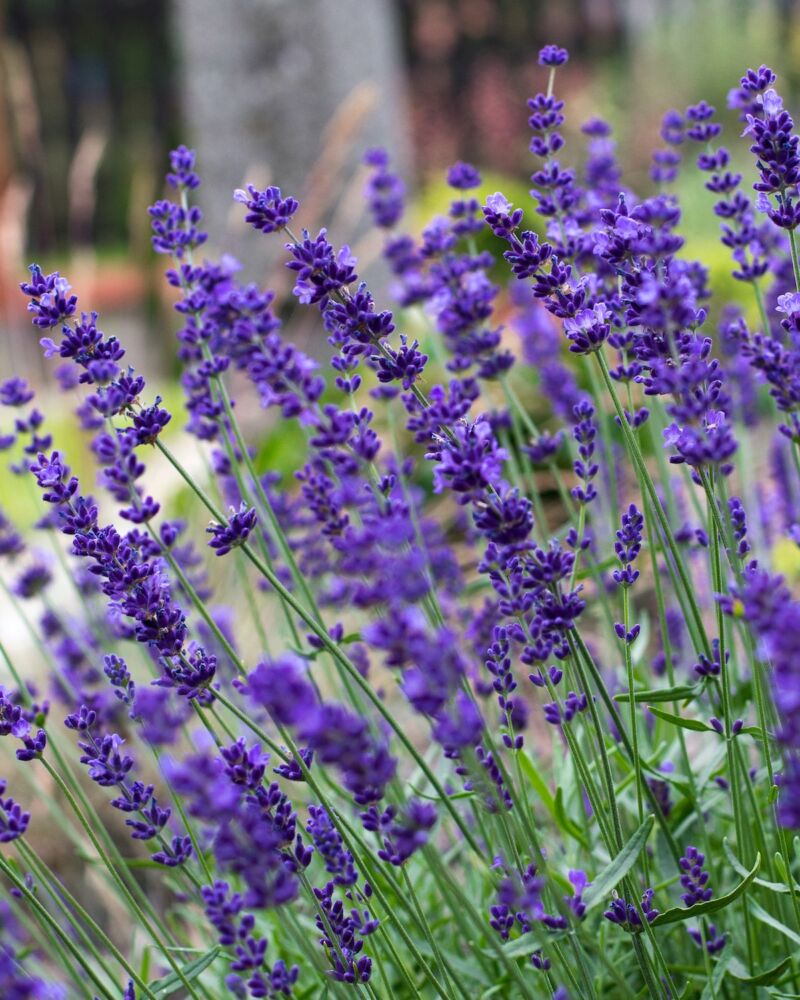
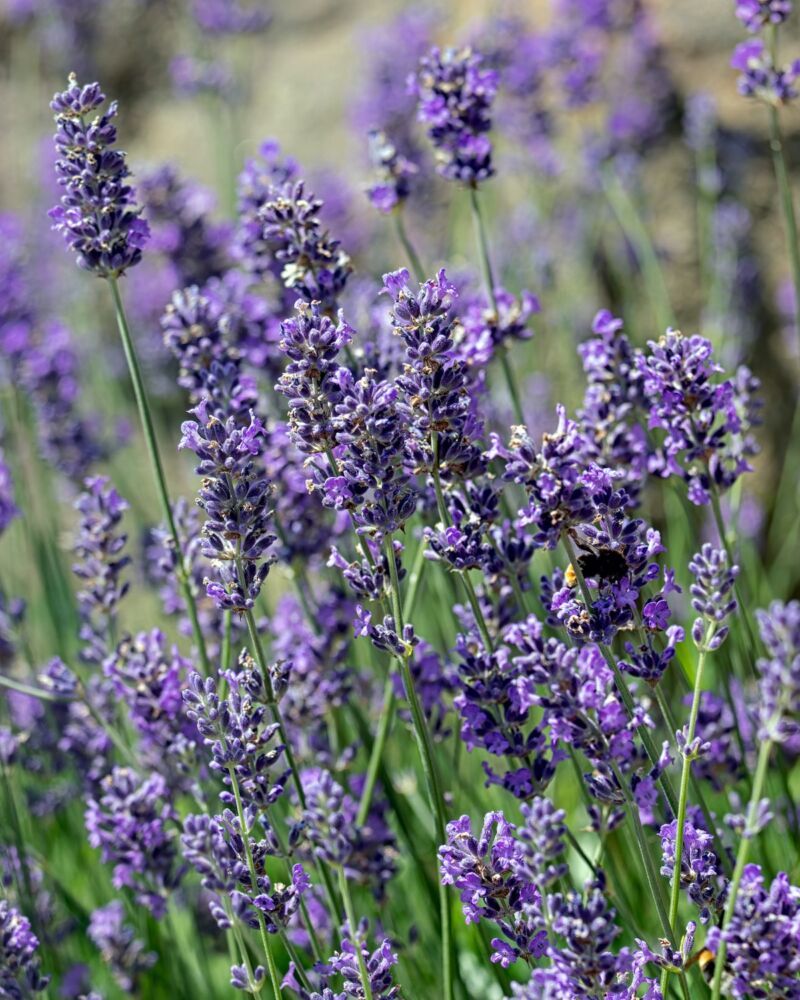

Dutch Lavender
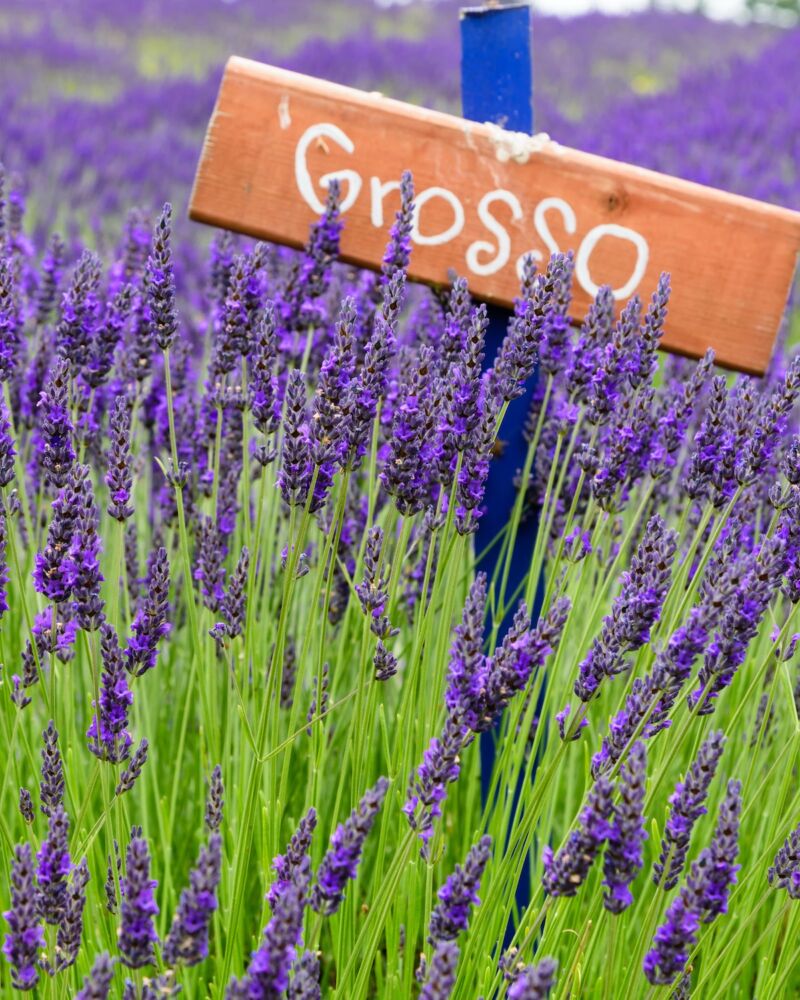
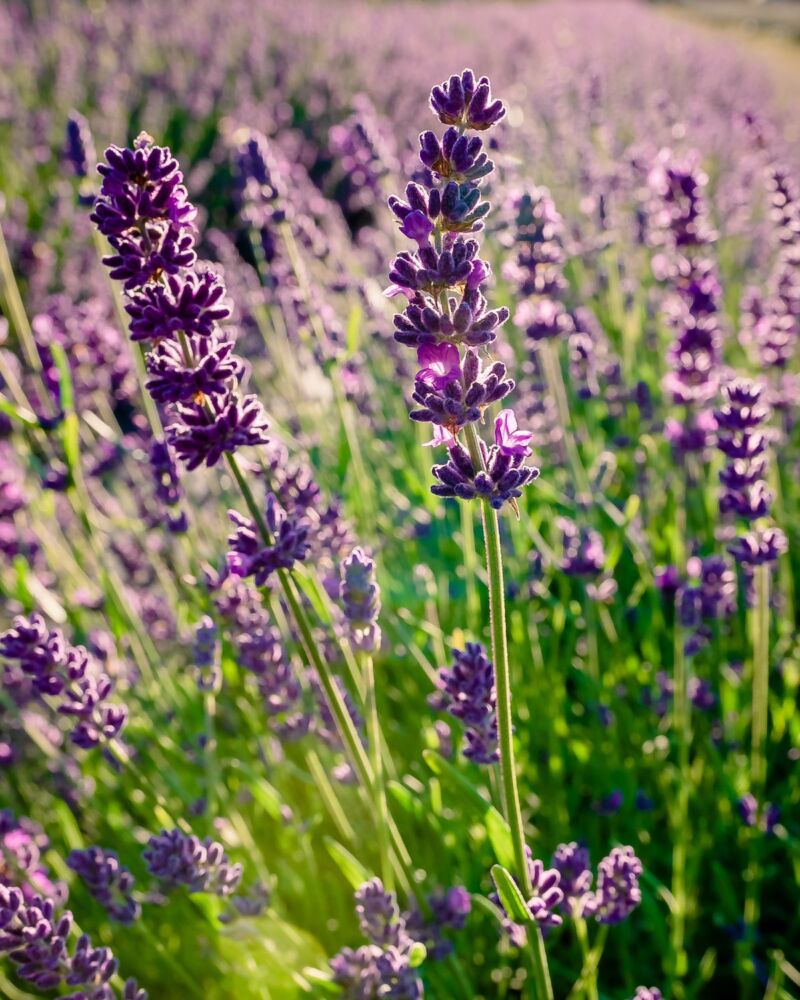
English lavender got a little help from its friends to make Lavandula x intermedia (aka lavandin, or Dutch lavender). The cross between the English lavender (L. angustifolia) and Portuguese lavender (L. latifolia) gives the progeny greater height, a later bloom, more drought tolerance, and a lighter scent. Until recently, the primary players in the x intermedia arena were ‘Grosso’, ‘Hidcote Giant’, ‘Seal’, and ‘SuperBlue.’
Spanish Lavender

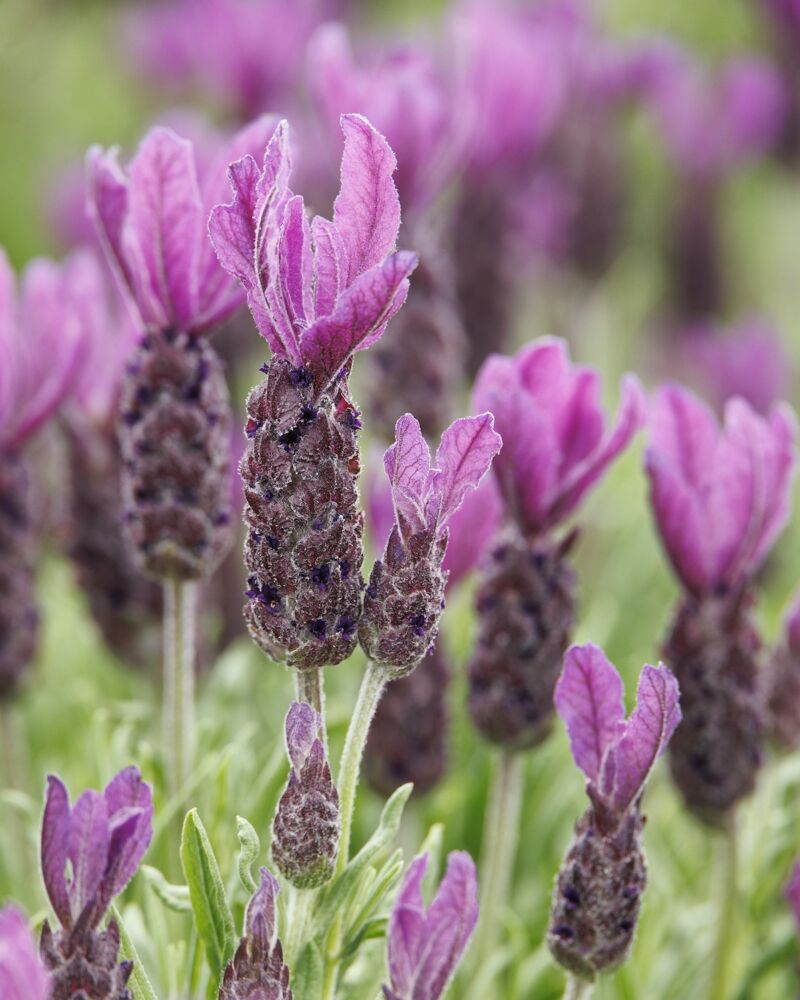
Meanwhile, in the warmer venue, there’s Lavandula stoechas (alias Spanish lavender—and just to confuse everyone, often called French lavender in England) reliable to grow in Zone 8a and warmer. With unique topknots of flowers forming a bract-like cylinder and crowned by banner-like petals, Spanish lavender is a beautiful plant with a long blooming stint and the same love for sunny locations that is in the profile for all members of this genus. Monrovia features some L. stoechas with a more compact habit, ideal for smaller gardens and containers. ‘Javelin™ Compact Purple Lavender’ reaches up to 20 inches tall with a spread of only 12-18 inches. Their ‘Primavera Spanish Lavender’ can grow 16-18 inches tall and up to 16 inches wide. Both boast hardiness in zones 7-9. Where Spanish lavender can’t be wintered over in colder zones, it’s worth hosting in a container for a long, lusty performance. The scent is deep and strong, but in a medicinal way. The fragrance is frequently described as a blending of English lavender and rosemary.
French Lavender
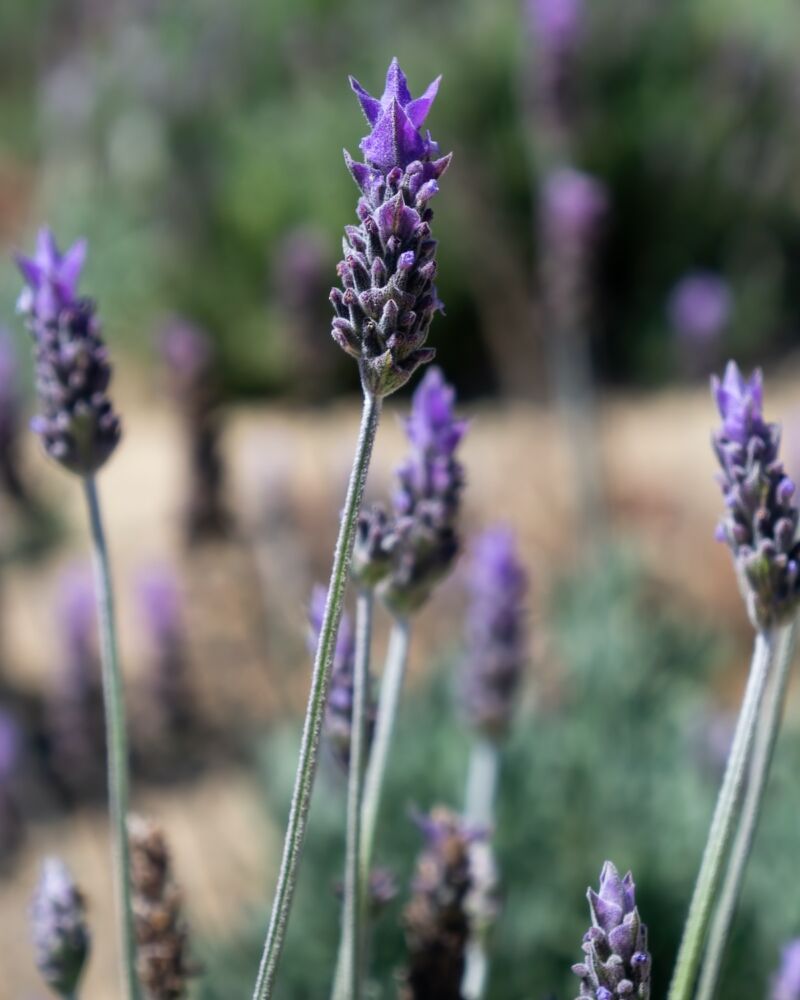
And more tender still, there’s Lavandula dentata with loose flowers topping an open, airy growth habit, foliage that is thick, hirsute, and deeply cleft. Hardy to Zone 9, its scent has an antiseptic quality. L. dentata isn’t readily available at nurseries compared to its kin, probably due to its limited hardiness range. It’s more suitable as a potted plant rather than an in-garden player.
Lavender Farms

One lavender is lovely, but a whole field of lavender is life changing. Now, hopping a plane is no longer necessary to find that field of dreams. Lavender farming has hit this country bigtime, especially in less-humid regions. Maine might seem to be a stretch for commercial lavender endeavors, but Lorie and Patrick Costigan host over 6,000 plants in the sun-drenched, flowery fields surrounding their Appleton, Maine home to produce Glendarragh Farm Lavender. Because their goal is to produce highly scented lavender and Maine weather can be nasty, Lorie prefers the L. angustifolia hybrids ‘Munstead’ and ‘Hidcote’ although she does include ‘Grosso’ and ‘Seal’ as well as the pink ‘Jean Davis’ in her inventory. Glendarragh Farm is open each year during harvest (late June – early September) to pick-your-own lavender or enjoy education walks, picnics, and the farm store.
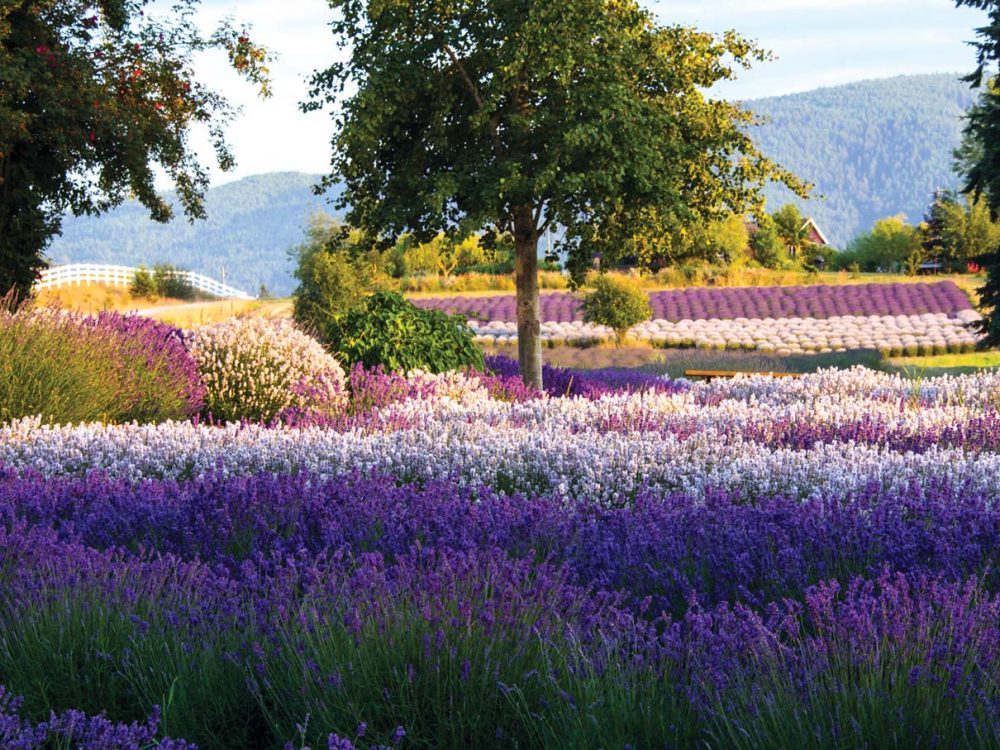
On the opposite coast, in Sequim, Washington’s rolling fields of lavender extend for acres, leading to the town being knows as ‘America’s Provence’ and ‘The Lavender Capital of North America.’ The area boasts the annual Sequim Lavender Festival in July, and summer-long farm tours (via auto or bicycle) of the Sequim Lavender Trail.
At Glendarragh, former livestock pastures are striped with rows of incredibly robust lavender plants spaced three feet apart furnishing product for the Costigan’s lavender shop. Even in the best of conditions, lavender has a finite productive lifespan. When treated well, a plant will produce for 15 years or so before it begins to decline. In Zone 5 Maine, it’s dicey. But Glendarragh Farm Lavender laughs at the environmental wild cards because its owners have learned to provide optimal conditions—including shelter from desiccating winter winds.
Cold-Hardy Lavender
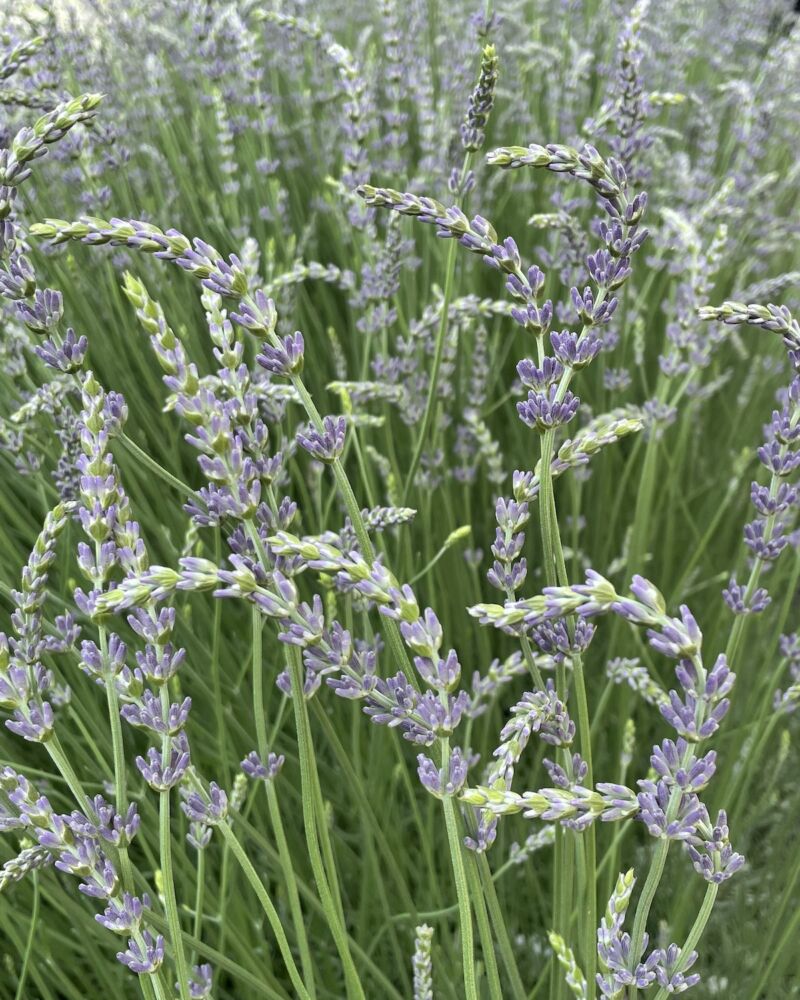
Meanwhile, there’s a movement afoot to build a more durable, cold-hardy lavender and Lloyd Traven of Peace Tree Farm in Pennsylvania is dedicated to making that happen. Lloyd is a total realist, so he acknowledges that Zone 5 is the cutoff on cold hardiness for this much-beloved herb. But he has introduced a new, more versatile Lavandula x intermedia sport. Aptly named ‘Phenomenal®’, his reliable workhorse performs in moderately cold regions as well as more humid areas. “In Zone 5 there’s a realistic chance that ‘Phenomenal®’ will thrive. On the other hand, in wet, humid South Carolina, ‘Phenomenal®’ will do well where Lavandula angustifolia will not,” explains Lloyd. Not only does ‘Phenomenal®’ survive weather variables, it is a whole different animal compared to previous introductions. Like an English lavender on steroids, ‘Phenomenal®’ is oversized with taller stems, as well as a larger and more robust look. “It produces enormous quantities of lavender oil with less camphor in its profile than any other intermedia. It’s a game changer,” Lloyd sums it up.
Humidity-Tolerant Lavender
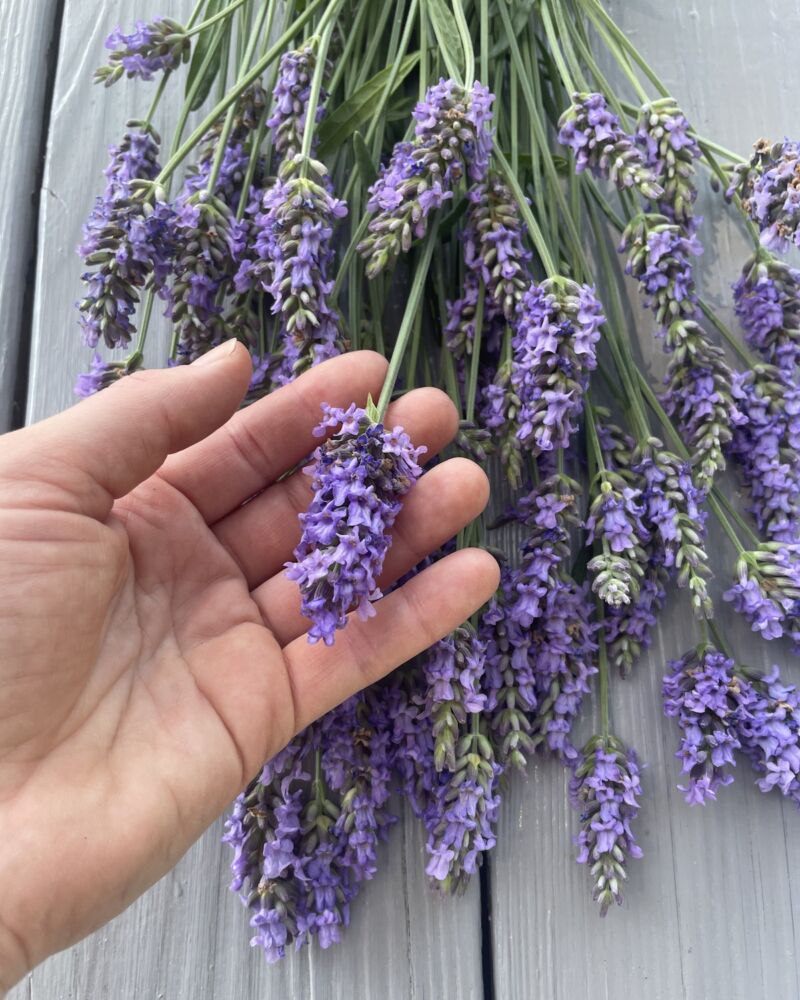
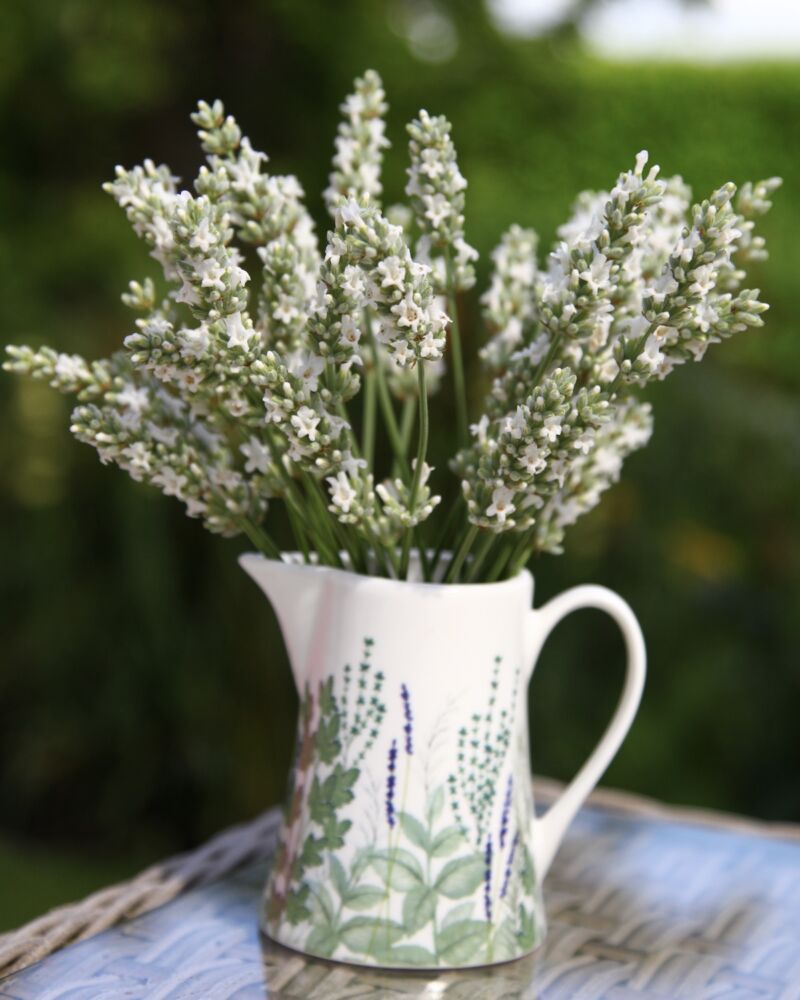
That said, he’s still in the lavender breeding game, and Peace Tree Farm’s efforts have produced ‘Sensational!®’. Another variation on Lavandula x intermedia released in 2021, ‘Sensational!®’ is more compact, it’s a better potted plant, “and the silver foliage is almost glowing white,” Lloyd explains. As far as growing range, “It does well in extreme heat and high humidity as well as being hardy to Zone 5. The deep South will be switching to ‘Sensational®’. And beyond a shadow of a doubt, it’s the strongest stem on a lavender flower. The scent is very floral.” That’s not all. Stay tuned for good things available in the future. Peace Tree Farm has just released ‘Exceptional®’ with pure white flowers and plenty of oomph.
Giving Lavender a Good Start

Lorie Costigan of Glendarragh Farm is a wealth of information on growing techniques and her advice for new lavender growers is, “The most fatal mistake is to buy lavender plants in bloom.” Her investment strategy is to shear off any of the plant’s attempts to blossom in the first year while the root system and foliage develop. “By the second year, the plant has doubled in size,” she explains, “by the third year, a lavender will triple in dimensions and that’s the maximum width you should allow.” Avoiding woody growth will extend the plant’s productive lifespan. And she’s learned not to panic when her lavender is slow to break dormancy. “One day in May—usually by Memorial Day—it turns from grey and brown to bluish-green.” That’s when she breathes an audible sigh of relief. “By early June, you should definitely see growth.” She prunes back woody stems and then waits for the July harvest of the intensely aromatic blossom spires. See more tips for growing lavender.
Lavender for Flower Arrangements
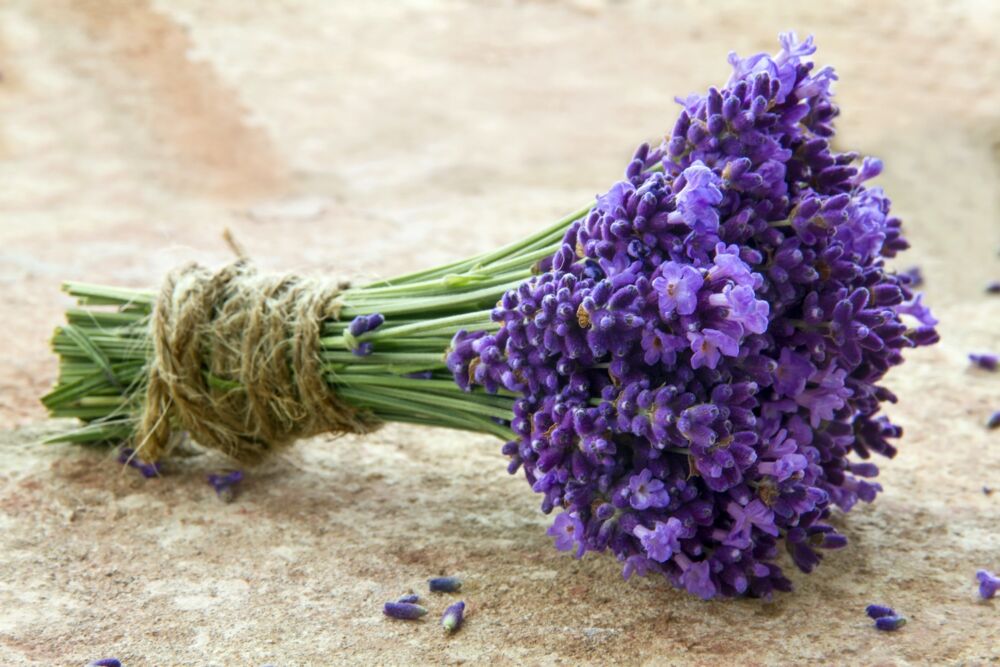
In the cut flower realm, lavender has always been a lifesaver. With deep blue blossoms that remain equally colorful dried or fresh, lavender can come to the rescue for handheld arrangements and boutonnieres as well as in a vase.
Many a bridesmaid has held a sheaf of lavender in her hands. Many a young flower girl has tossed lavender flowers as she tripped down the aisle. And savvy florists have learned tricks for working with this herb in bouquets. Lavender flowers make a wonderful and fragrant filler in arrangements and bouquets. When using fresh lavender, give the stems a fresh cut and remove any leaves that would be in the water. Flowers will usually last 5 days in a vase. Although the slender individual flower spikes might not read strongly in a mixed arrangement, bundling a few flower wands together can give lavender the weight necessary to balance against other blossoms. Dried lavender flowers can hold their scent for more than a year.
Isn’t a flower that is symbolic of purity, devotion, serenity, grace, and tranquility the perfect match for any occasion?
By Tovah Martin


